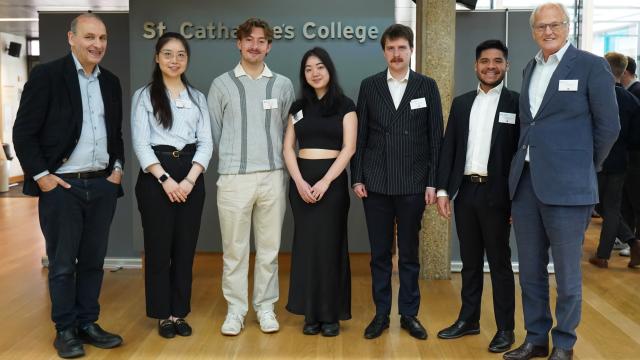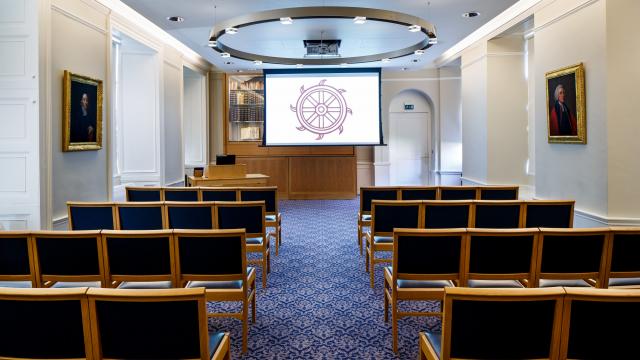
A postgraduate student from St Catharine’s has been working with a steering group of marginalised young people on the ‘Colonial Legacies of the Liverpool Sandbach Family’ project, which seeks to address the erasure of colonial history in sculptures displayed by the Walker Art Gallery in Liverpool.
The Walker Art Gallery’s collection features several marble portraits and bas-reliefs depicting Liverpool’s Sandbach family, who were part of the Sandbach, Tinne & Co. dynasty of shipowners, merchants, bankers, politicians and plantation owners. They exported sugar, coffee, cotton, timber, molasses and rum from the Caribbean. The company were prominent in Demerara, Berbice and Essequibo in British Guiana, now known as Guyana. The Sandbach’s became extremely wealthy through the enslavement, trafficking and forced labour of many tens of thousands of people. In 1834 the family were also awarded large claims in compensation for the loss of their enslaved Africans, due to the UK’s ‘Abolition of Slavery’ in 1833.
Malik Al Nasir, a History PhD student, is among the artists and historians who have been supporting the ‘Colonial Legacies of the Liverpool Sandbach Family’ project, which was conceived by National Museums and Galleries in response to Malik’s research, which initially uncovered this previously untold history. This created an opportunity for a postdoctoral researcher and the steering group to gather information about the colonial legacies of the family through a series of workshops, talks and independent research. Malik’s PhD studies are also exploring his own ancestral links to both the Sandbach, Tinne & Co. dynasty and the Africans enslaved by them. He explained:
“It was inspiring to see young people engage with such passion in the Sandbach family research. They are pioneers in what is fast becoming a major new take on the history of Liverpool and enslavement."
The project is funded by the Understanding British Portrait network. It is the first project of its kind at the Walker Art Gallery, and part of National Museums and Galleries Liverpool’s ongoing work, to address the history and legacy of slavery, empire and colonialism across its venues.
The Walker Art Gallery announced on 5 May 2022 that the project has resulted in the permanent relocation of wrought iron ankle shackles from the International Slavery Museum to the Gallery, in a bid to confront and expose the colonial links between slavery and art. The ankle shackles are the type used during the so-called ‘Middle Passage’ to restrain and imprison African people below decks in the ship’s hold.
|
|
|
Alex Patterson, the appointed postdoctoral researcher and Assistant Curator of Fine Art at National Museums Liverpool, said:
“This project tells the uncomfortable truth about these objects – who commissioned them, and where the money came from to pay for them. In the past, these histories have been overlooked, ignored, or purposely omitted from public view – this has meant we have only been telling one side of the story.”
Malik will be working closely with National Museums Liverpool, and other archives, to examine artefacts held in their collections related to Sandbach, Tinne & Co. and he has spoken about this at a keynote address he gave at the Museums Associations annual conference 2021, where the theme ‘A Brave New World’ was about decolonising the archives.







